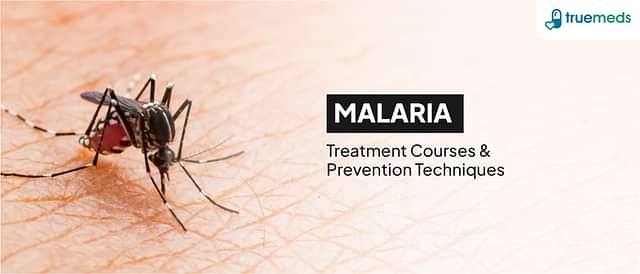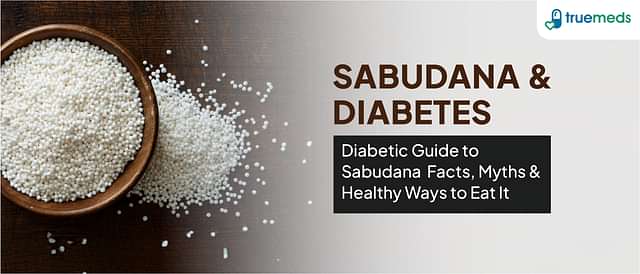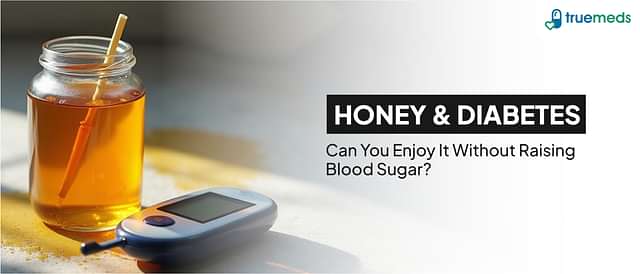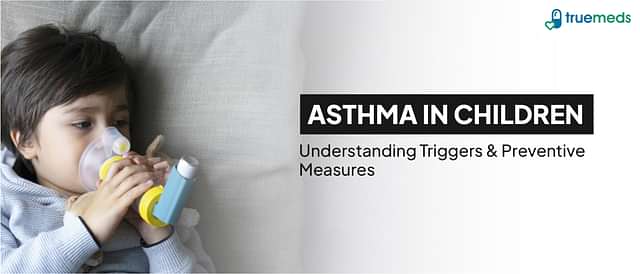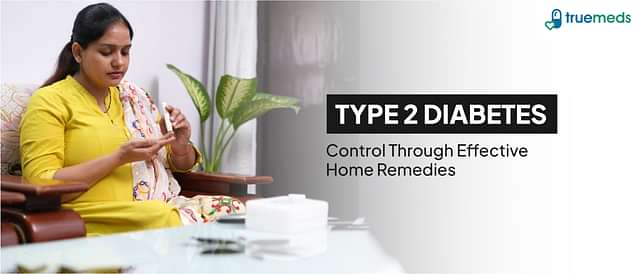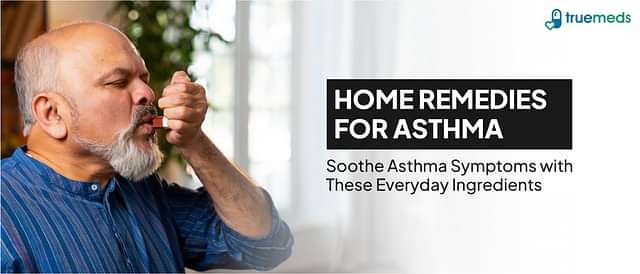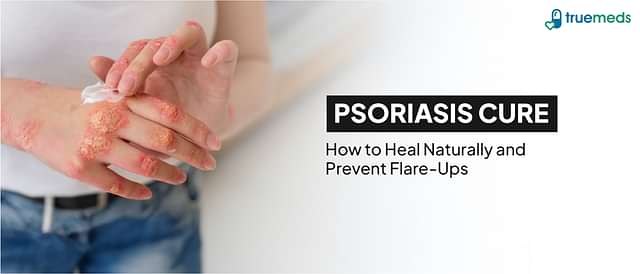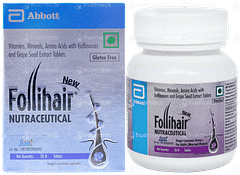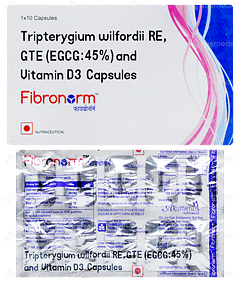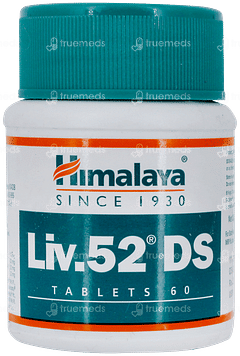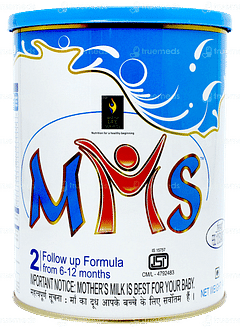Yeast Infection
Yeast infections, caused by an overgrowth of the Candida fungus, are common and can affect various body parts. Symptoms vary depending on the type of infection but often include itching, burning, redness, and discharge. Treatment options are available, and prevention strategies can help reduce the risk of developing yeast infections.
Last updated on : 16 Dec, 2024
Read time : 13 mins
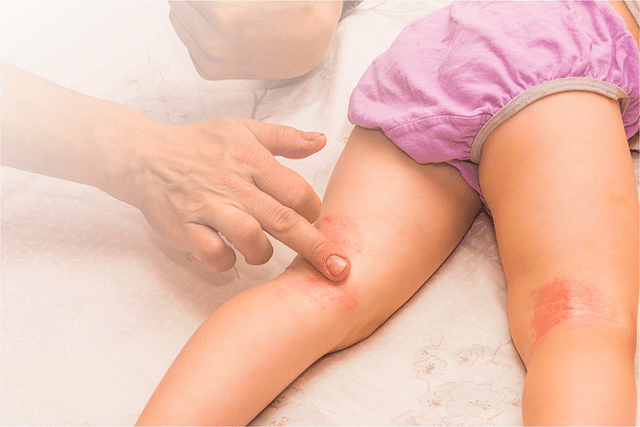
Overview of Disease
Yeast infections, medically known as candidiasis, are fungal infections caused by an overgrowth of the yeast Candida. This type of yeast naturally lives in small amounts in various body parts, including the mouth, throat, gut, and vagina. However, when the balance of healthy bacteria and yeast is disrupted, Candida can grow out of control, leading to an infection. Understanding the causes, symptoms, and treatment options for yeast infections is crucial for maintaining overall health and well-being.
What Is Yeast Infection?
A yeast infection occurs when the delicate balance between beneficial bacteria and Candida in the body is disrupted, allowing the fungus to multiply excessively. This imbalance can be triggered by various factors, such as changes in the physical environment, hormonal imbalances, or certain medications. While yeast infections are more prevalent in women, they can also affect men. To better understand yeast infections, it is essential to know the different types of yeast infections and their specific characteristics.
Key Factors about Yeast Infection
| Category | Details |
| Also Referred as | Candidiasis, Vulvovaginal Candidiasis, Thrush |
| Commonly Occurs In | Women of childbearing age, infants, people with weakened immune systems, those taking antibiotics |
| Affected Organ | Vagina, penis, mouth, throat, tongue, skin folds, nails |
| Type | Fungal infection caused by Candida species, typically Candida albicans |
| Common Signs | Itching, burning, redness, white discharge (like curdled milk or cottage cheese), painful sex, urination discomfort |
| Consulting Specialist | Gynaecologist, Dermatologist, Primary Care Physician |
| Treatement Procedures | Antifungal medications (creams, suppositories, oral pills), medicated mouthwash or lozenges for thrush |
| Managed By | Antifungal medications |
| Mimiciking Condition | Bacterial vaginosis (BV), sexually transmitted infections (STIs) |
Types of Yeast Infection
There are different types of yeast infections, each affecting different parts of the body:
Vaginal Candidiasis: Also known as vaginal yeast infection, this is the most common type of yeast infection. It occurs when Candida yeast cells grow out of control in the vagina. Symptoms include itching, burning, redness, and swelling of the vulva, along with a thick, white, odour-free vaginal discharge.
Oral Candidiasis (Thrush): It is an infection of the mouth and throat, most common in newborns and adults with weakened immune systems. Symptoms include white patches that feel lumpy, pain, and difficulty swallowing.
Cutaneous Candidiasis: This type of yeast infection occurs when Candida yeast cells grow out of control on the skin. It affects moist areas of the skin, such as the armpits, under the breasts, and around the groin or diaper area. Symptoms include itchy red skin, rashes, and blisters.
Invasive Candidiasis: This is a serious and life-threatening type of yeast infection that occurs when Candida yeast cells enter the bloodstream.
They then spread to other body parts, such as the heart, brain, and bones. More common in those with weak immune systems or recent hospital stays, this infection carries higher risks.
Nail Candidiasis: This infection affects the nails, causing colour changes, thickening, and brittleness. It is common in people who often expose their hands to water or wear synthetic gloves.
Penile Candidiasis: A yeast infection affecting men, particularly those who are uncircumcised or have a weakened immune system. Symptoms include redness, itching, and a white, lumpy discharge.
Symptoms of Yeast Infection
The symptoms of a yeast infection can vary depending on the area affected.
The most common signs include intense itching, irritation, and burning sensations.
In the case of vaginal candidiasis, women may experience redness and swelling of the vulva and vagina, accompanied by pain and soreness.
A thick, white, odourless vaginal discharge resembling cottage cheese is another telltale symptom.
Some women may also notice a watery discharge, a vaginal rash, or small cuts and cracks in the skin of the vulva.
Penile yeast infections often cause itching and burning at the head of the penis, along with redness. A thick white substance in the skin folds, and shiny patches on the penis may also appear.
Causes of Yeast Infection
Yeast infections are caused by an overgrowth of the fungus Candida, usually Candida albicans. This overgrowth occurs when the natural balance of bacteria and yeast is disrupted. Several factors can disrupt the delicate balance of yeast and bacteria in the vagina, leading to an infection.
Antibiotics: Antibiotics kill healthy vaginal bacteria, allowing yeast to overgrow and cause infections.
Hormonal Changes: Pregnancy, menstruation, and hormonal contraceptives can disrupt the balance, leading to yeast infections.
Uncontrolled Diabetes: High blood sugar levels promote yeast growth, increasing the risk of infection.
Weakened Immune System: Conditions like HIV/AIDS or corticosteroid use weaken immunity, making yeast infections more likely.
Physical Irritants: Tight clothing, synthetic materials, and certain vaginal products create conditions that promote yeast growth.
Risk Factors
Several factors can increase the risk of developing a yeast infection.
Antibiotic Use: Broad-spectrum antibiotics kill a wide range of bacteria, disrupting the natural vaginal flora and increasing yeast overgrowth.
Increased Estrogen Levels: High estrogen levels, during pregnancy or with birth control and hormone therapy, can promote yeast growth.
Uncontrolled Diabetes: Elevated blood sugar levels in uncontrolled diabetes encourage yeast overgrowth in the vaginal area.
Weakened Immune System: A weakened immune system from illness or medications makes the body more vulnerable to yeast infections.
Lifestyle Habits: Wearing tight-fitting clothing and using scented feminine products can create an environment that supports yeast growth.
Being aware of these risk factors can help individuals take preventive measures and seek prompt treatment if a yeast infection occurs.
Who's at Risk?
Several groups of people are more prone to yeast infections:
Women: Vaginal yeast infections are much more common in women than in men due to the unique anatomy and hormonal fluctuations experienced by females.
Individuals with Diabetes: Uncontrolled diabetes can lead to higher sugar levels in the body, providing an ideal environment for yeast to thrive.
People with Compromised Immune Systems: Those with weakened immune systems, such as individuals with HIV/AIDS or undergoing chemotherapy, are more susceptible to yeast overgrowth.
Pregnant Women: Hormonal changes during pregnancy can alter the vaginal environment, increasing the likelihood of yeast infections.
By identifying and addressing these risk factors, individuals can take proactive steps to prevent yeast infections and maintain their overall well-being.
Complications
If left untreated or not managed properly, yeast infections can lead to several complications.
Vaginal Complications: Severe itching, redness, and inflammation can lead to skin infections if the area becomes cracked or scratched.
Bacterial Infections: Scratching the affected area may introduce bacteria, increasing the risk of bacterial infections.
Urethral Discomfort: The infection can spread towards the urethra, causing additional discomfort and irritation.
Pregnancy Risks: Untreated yeast infections in pregnancy may cause premature labor, miscarriage, or birth complications and affect the newborn.
Oral Thrush Complications: Untreated oral thrush can spread to other organs in those with weak immune systems, leading to serious health issues.
Invasive Candidiasis: Rarely, Candida can enter the bloodstream, causing invasive candidiasis, which affects major organs and requires urgent treatment.
Frequent yeast infections may signal an underlying condition like a weakened immune system or diabetes.
Prevention of Yeast Infection
Preventing yeast infections involves several strategies focused on maintaining good hygiene, wearing appropriate clothing, managing health conditions, and making lifestyle changes.
Good Genital Hygiene: Maintain hygiene but avoid harsh soaps or douching to prevent disrupting the natural balance of bacteria and fungi.
Wear Breathable Clothing: Choose breathable fabrics and avoid tight, synthetic garments to reduce moisture, which encourages fungal growth.
Control Blood Sugar Levels: For individuals with diabetes, managing blood sugar levels can help prevent yeast infections.
Avoid Unnecessary Medications: Limit the use of antibiotics, steroids, and other medications that can weaken the immune system or disrupt natural flora.
Manage Stress and Use Breathable Pads: Reducing stress and avoiding non-breathable panty liners or pads can help lower the risk of yeast infections.
Early detection and treatment of yeast infections are essential for preventing complications and ensuring a speedy recovery.
Diagnosis & Tests
Diagnosing a yeast infection typically involves a combination of physical examination and laboratory tests. During a physical examination, a healthcare provider will assess the affected area for signs of inflammation, redness, and discharge. They may ask about your symptoms and any potential risk factors for developing a yeast infection. This includes recent antibiotic use or a weakened immune system.
Laboratory tests may be performed to confirm the presence of Candida and rule out other potential causes of the symptoms. These tests may include:
Microscopy: A sample of the affected area is examined under a microscope to identify the presence of yeast cells.
Culture: A sample is taken from the affected area and grown in a laboratory to identify the specific type of Candida causing the infection.
Blood Tests: In cases of suspected systemic candidiasis, blood tests may be performed to detect the presence of Candida in the bloodstream.
Accurately diagnosing a yeast infection is crucial in determining the most appropriate course of treatment and preventing potential complications.
Treatment & Management
The management of yeast infections begins with an accurate diagnosis. Your healthcare provider will review your medical history and conduct a pelvic exam. They may also analyse vaginal secretions to determine the type of fungus responsible for the infection. Treatment options vary depending on the severity of the infection.
Short-Course Vaginal Therapy: For mild to moderate symptoms, short-course vaginal therapy is often recommended. This typically involves the use of antifungal creams, ointments, tablets, or suppositories for 1 to 7 days. These treatments are available over-the-counter or by prescription, with common medications including clotrimazole, miconazole, and terconazole. In some cases, a single oral dose of fluconazole (Diflucan) may be prescribed, although this is not recommended for pregnant women.
Long-Course Vaginal Therapy: More severe or recurrent yeast infections may require long-course vaginal therapy. This involves taking antifungal medications daily for up to two weeks, followed by once-weekly doses for six months. Multidose oral medication regimens may also be prescribed in these cases.
Medication for Yeast Infection
Antifungal medications are the primary treatment for yeast infections. These medications work by targeting the fungus responsible for the infection, typically Candida albicans. The most common antifungal medications include:
Azoles: This class of antifungals includes clotrimazole, miconazole, and terconazole. They are available as creams, ointments, tablets, or suppositories and are used for short-course vaginal therapy.
Fluconazole: This oral medication is sometimes prescribed as a single-dose treatment for yeast infections. However, it is not recommended for pregnant women.
Nystatin: Available as a cream or suppository, nystatin is another antifungal option for treating yeast infections.
Boric Acid: In cases where the infection is resistant to standard antifungal agents, boric acid capsules may be recommended.
It is essential to complete the entire course of medication as prescribed, even if symptoms improve. This helps ensure the infection is fully treated and reduces the risk of recurrence.
When to See a Doctor?
While mild yeast infections can often be managed with over-the-counter treatments, there are certain situations where it is crucial to seek medical advice. If you experience symptoms of a yeast infection for the first time, consult a healthcare provider. This ensures you receive an accurate diagnosis. It's important to rule out other conditions with similar symptoms, such as bacterial vaginosis or a sexually transmitted infection (STI).
Seek prompt medical attention for severe symptoms like extensive redness, swelling, sores, fever, chills, or pelvic pain. These symptoms may indicate a more serious infection that requires specialised treatment. If you have recurrent yeast infections, defined as four or more in a year, consult a doctor. The doctor can identify underlying causes and develop a long-term treatment plan to prevent future infections.
Pregnant women and those with weakened immune systems, such as HIV/AIDS or chemotherapy patients, should consult a healthcare provider. They may be at higher risk for complications or need specialised treatment. Seeking timely medical advice ensures proper care and reduces the risk of complications or recurrent infections.
Key Takeaways
Yeast infections are common fungal infections caused by an overgrowth of Candida yeast.
Common symptoms include itching, burning, redness, and vaginal discharge.
Risk factors include antibiotic use, diabetes, weakened immune system, and hormonal changes.
Diagnosis involves physical examination and laboratory tests.
Antifungal medications, both over-the-counter and prescription, are the primary treatment.
Home remedies and preventive measures, such as probiotics and lifestyle changes, can support treatment.
Consult a doctor for first-time infections, uncertain diagnosis, or severe/persistent symptoms.
FAQs
What daily habits can lead to the development of a yeast infection?
Certain lifestyle factors may increase the yeast infection risk, such as high sugar intake and wearing tight clothes. Delaying changing out of wet garments, unprotected sex, and using feminine hygiene products can also raise the risk.
How can I tell if I have a yeast infection?
Common yeast infection symptoms include intense itching, abnormal white vaginal discharge, pain during intercourse or urination, and redness and swelling of the vulva.
Can yeast infections resolve without treatment?
Yeast infections usually require treatment and don't disappear on their own. Leaving them untreated can worsen symptoms and cause complications.
What's the quickest way to cure a yeast infection?
Antifungal medications, available as creams, ointments, tablets, or suppositories, are the fastest and most effective yeast infection treatment. Over-the-counter and prescription options are available.
How can I differentiate between a yeast infection and an STD?
While yeast infection and STD symptoms may overlap, STDs often cause additional symptoms like painful sores, unusual vaginal bleeding, and abdominal pain. Only a healthcare professional can provide an accurate diagnosis.
Can a yeast infection cause serious health issues?
In most cases, yeast infections are uncomfortable but not serious. However, untreated or recurrent infections can lead to severe symptoms and complications, especially in immunocompromised individuals.
What steps should a female take if she has a yeast infection?
If experiencing yeast infection symptoms, a female should consult her healthcare provider for an accurate diagnosis and appropriate treatment. Following the prescribed treatment plan is crucial for effective relief.
Are there any effective home remedies for treating yeast infections?
While home remedies like yoghurt or boric acid suppositories may provide some relief, they are not as effective as antifungal medications. It's best to consult a healthcare professional for proper yeast infection treatment.
Is there an odour associated with yeast infections?
Yeast infections may cause a mild, yeasty smell. However, a strong, foul odour could indicate a different type of infection and warrants a visit to a healthcare provider.
How much time does it take for a yeast infection to clear up?
With proper antifungal treatment, yeast infection symptoms usually improve within a few days, with complete resolution in about a week. Consult your healthcare provider if symptoms persist or worsen.
References
Centres for Disease Control and Prevention. (2022, April 12). Vaginal candidiasis. https://www.cdc.gov/fungal/diseases/candidiasis/genital/index.html
Johns Hopkins Medicine. (n.d.). Yeast infection. https://www.hopkinsmedicine.org/health/conditions-and-diseases/candidiasis-yeast-infection
National Health Service. (2021, August 12). Thrush in men and women. https://www.nhs.uk/conditions/thrush-in-men-and-women/
The American College of Obstetricians and Gynecologists. (2020, October). Vaginitis. https://www.acog.org/womens-health/faqs/vaginitis
MedlinePlus. (2021, December 2). Candidiasis. https://medlineplus.gov/candidiasis.html
Office on Women's Health. (2021, February 22). Vaginal yeast infections. U.S. Department of Health and Human Services. https://www.womenshealth.gov/a-z-topics/vaginal-yeast-infections
Pappas, P. G., Kauffman, C. A., Andes, D. R., Clancy, C. J., Marr, K. A., Ostrosky-Zeichner, L., Reboli, A. C., Schuster, M. G., Vazquez, J. A., Walsh, T. J., Zaoutis, T. E., & Sobel, J. D. (2016). Clinical practice guideline for the management of candidiasis: 2016 update by the Infectious Diseases Society of America. Clinical Infectious Diseases, 62(4), e1-e50. https://doi.org/10.1093/cid/civ933
Check Related Salts
Browse Other Conditions
Latest health articles
Top Health Essentials
Disclaimer
Top-Selling Medicines:
...View more
Top-OTC medicines:
...View more
Subscribe
Registered Office Address
Grievance Officer
Download Truemeds

Contact Us
Our customer representative team is available 7 days a week from 9 am - 9 pm.
v3.7.5
Our Payment Partners









